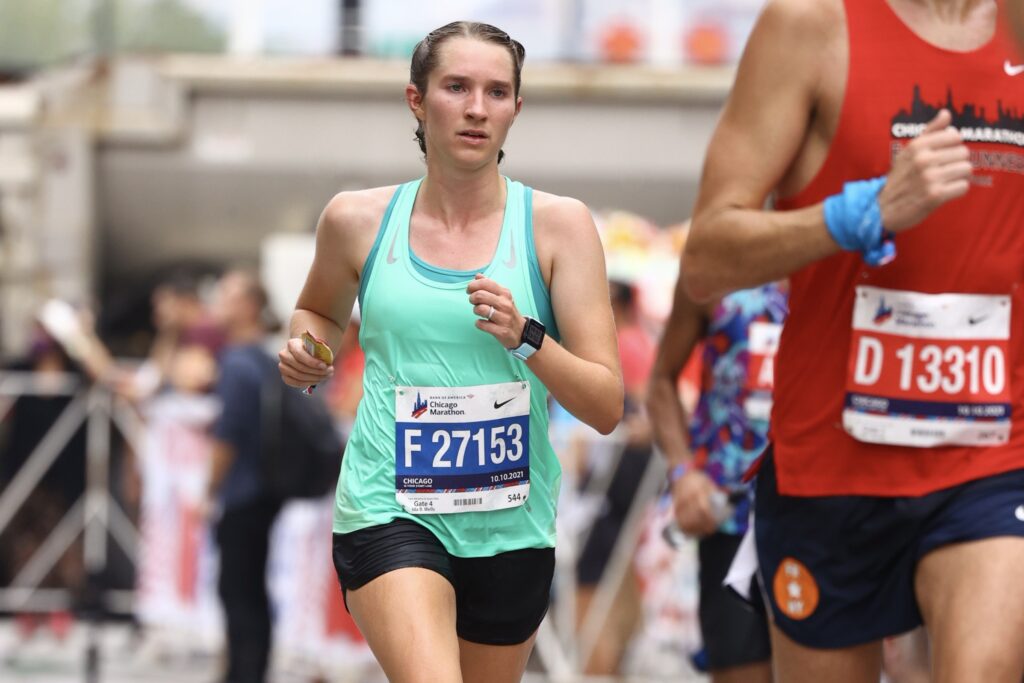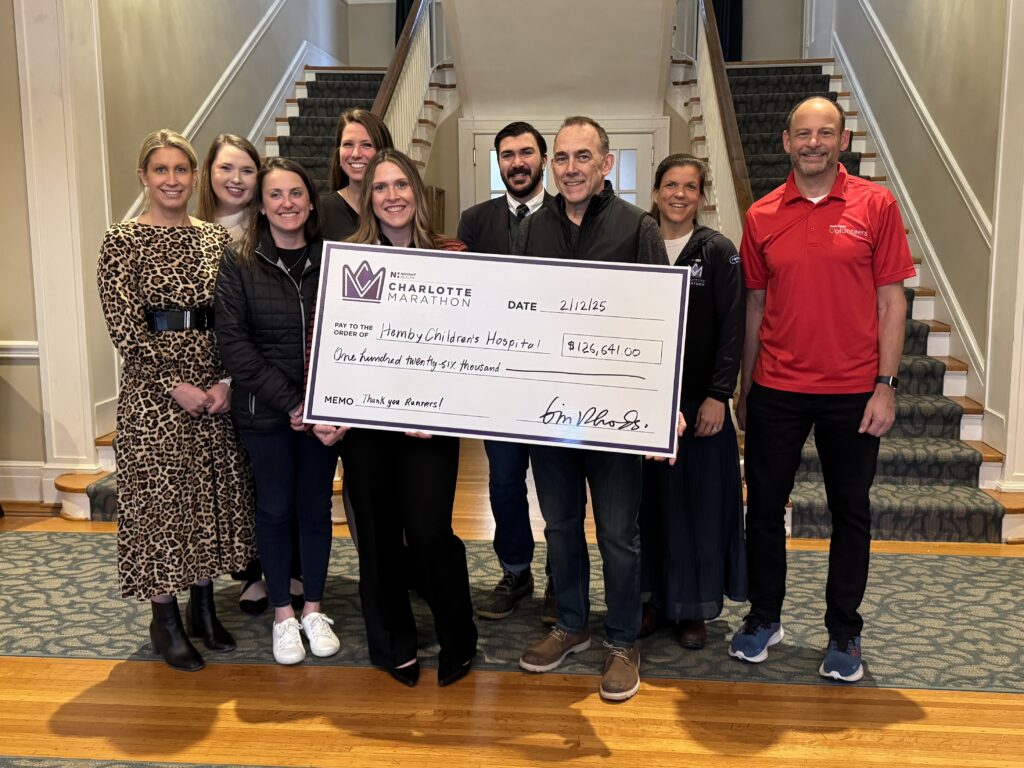Whether you’ll run, walk, or volunteer at Saturday’s 21st running of the Novant Health Charlotte Marathon, half marathon, or Chick-fil-A 5k, you’ll probably have someone waiting and watching for you who’d appreciate some hot tips on where to find you along the course. We got you. Or maybe you’re looking for some easy-to-get-to vantage points to cheer on runners, that’s out of the uptown parking footprint. That’s cool, too!
We believe this event route is not only a great way to see Charlotte on foot, it’s also pretty accommodating for spectators, as well. Here are six more great places to watch for runners along the course – that aren’t the start or finish line.
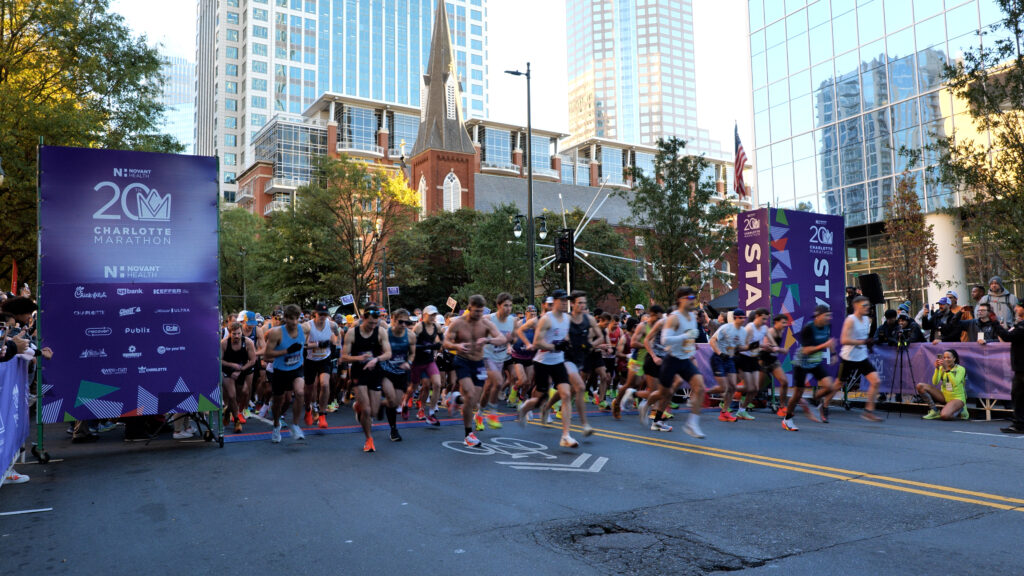
Mile 2: At Fourth Street and Hawthorne Lane, near Novant Health Hospital. You’ll be just south of uptown here, and you’ll find plenty of parking, too. You’ll have 30 solid minutes of athletes passing here, with the lead runner coming through about 7:30am.
Miles 6.25 – 7.34: This more than a mile-long stretch of stately trees and historic homes along Queens Road West makes for fantastic viewing. There’s a wide median here, which will give you plenty of room to spread out as runners pass for the better part of an hour, starting at about 8am.
Miles 10 – 10.6: If you’re following a half marathon runner, you should have plenty of time to decamp and catch your runner(s) as they head north along East Morehead Street between S. McDowell Street and S. Tryon St., before heading toward the finish.
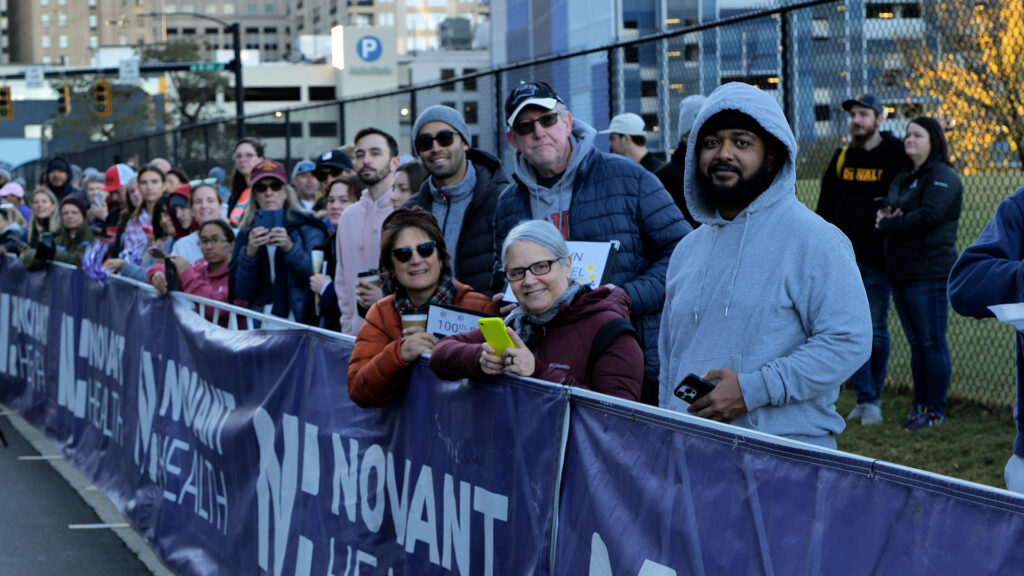
Mile 12.7: Here’s where the marathoners and half marathoners split. The Sole will host a cheer section here, so there’s sure to be plenty of action. And, no matter what distance they’re covering, runners will be ready for a little extra energy at this point!
Miles 15-17 and 21-23: Pull up along North Davidson Street or on 35th or 36th Streets, and you’ll be able to see your runners twice within just a few blocks walk.
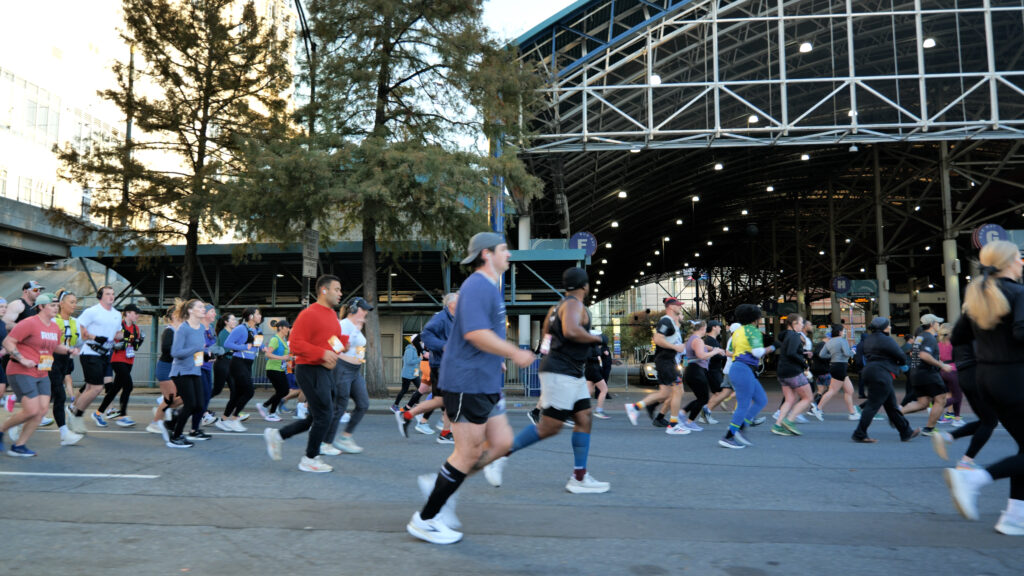
Miles 18 and 20: Here’s another great spot to see the marathon runners twice from the same location. Runners will pass this intersection at The Plaza and Mecklenburg Ave. at miles 18 and 20. If you’re headed back to the finish, you should have plenty of time.
You can find more info on how to make the most of your day along the course here in our Novant Health Charlotte Marathon Spectator Guide. The footprint of the event start and finish line areas can be found here, and turn-by-turn directions for the course are here.
And even if you won’t be running this year’s events, the Novant Health Charlotte Marathon Expo presented by Fleet Feet is free and open to the running public on Friday, November 14 from 10am – 7pm.






